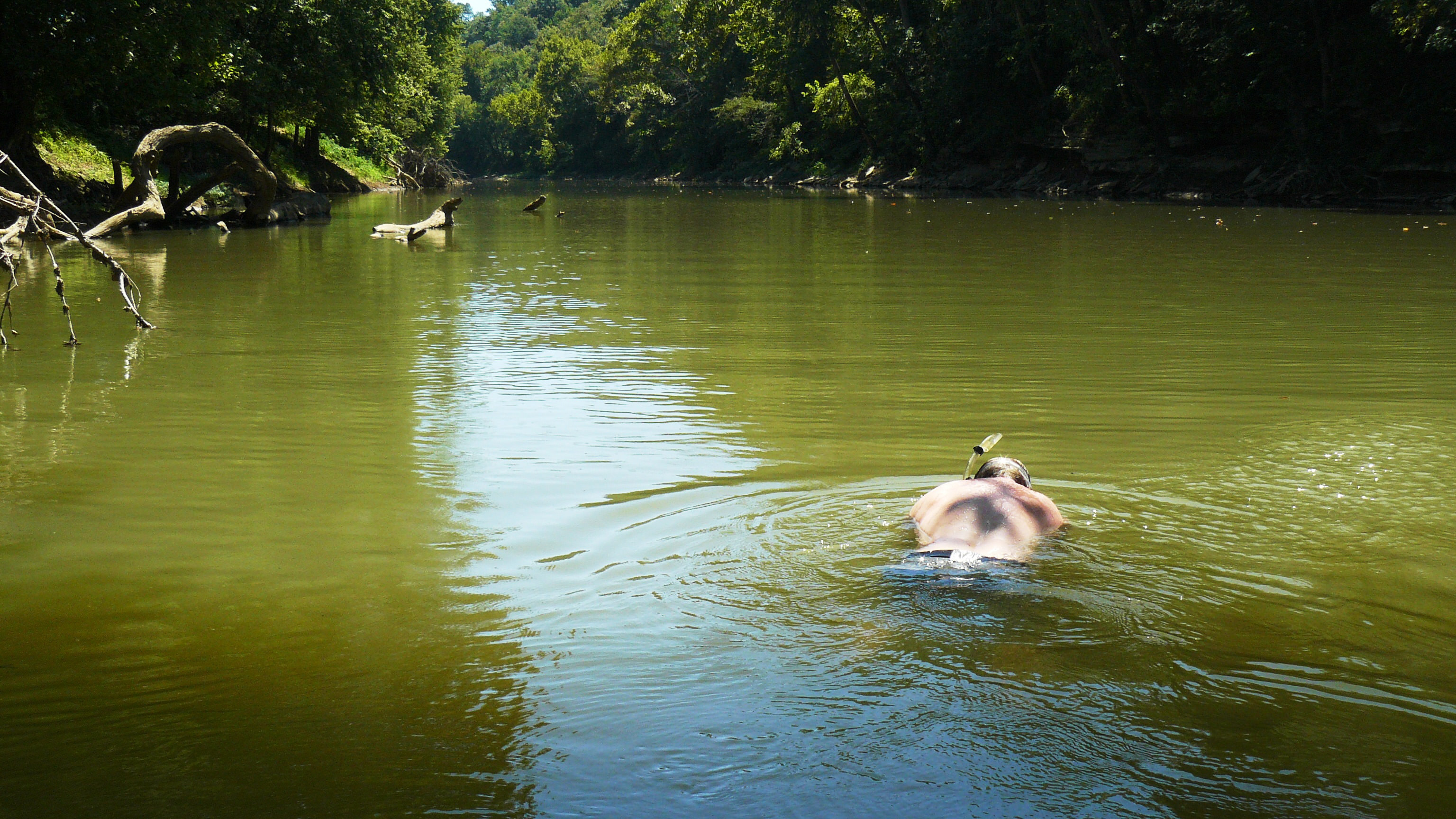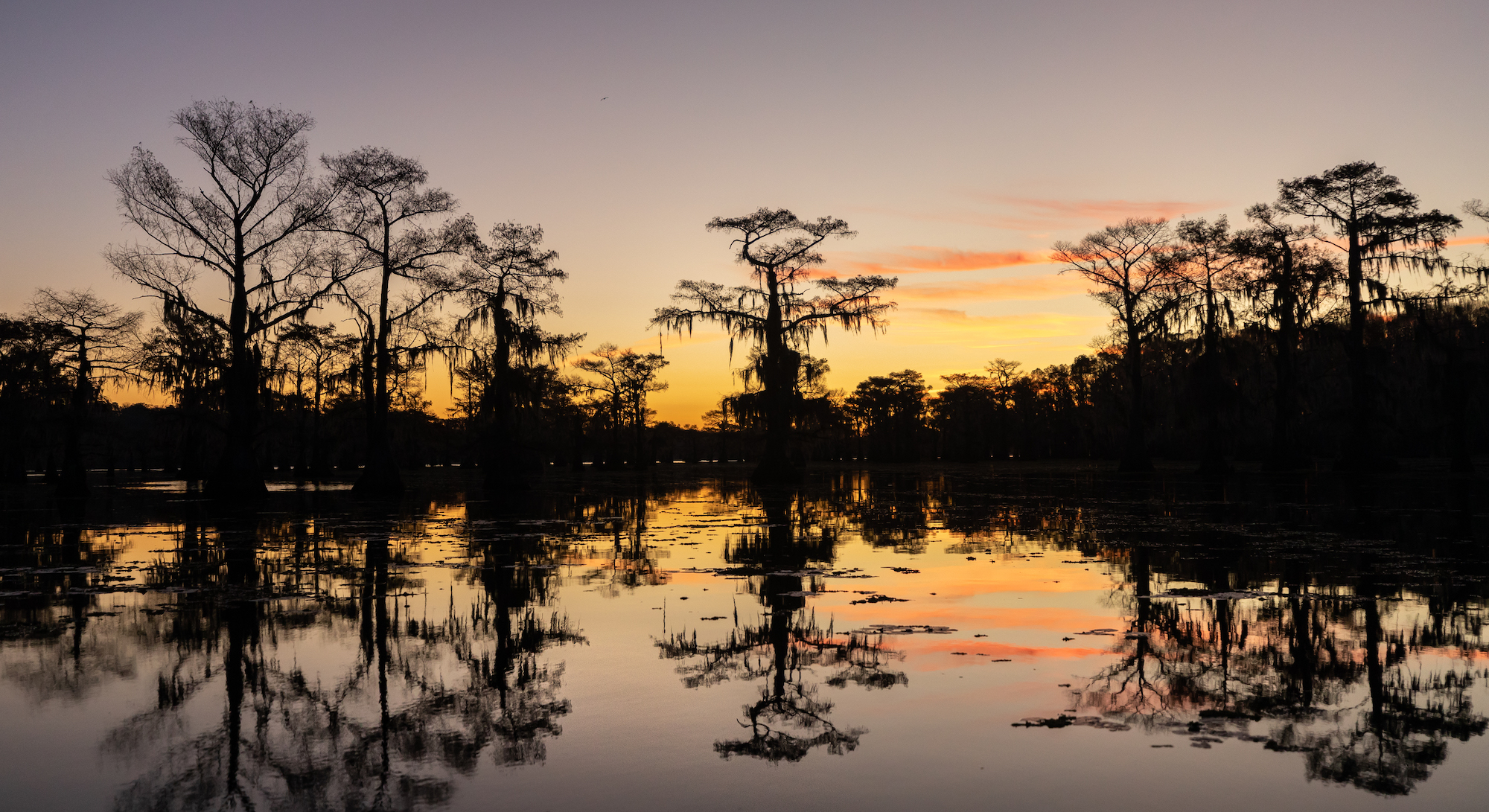Mussel Rescue
When the Green River Lock and Dam #6 breached before its scheduled removal, an army of volunteers acted to save rare mussels before it was too late.

Ken Kern was days away from retirement when Green River Lock and Dam #6 breached. The 35-year National Parks Service veteran was closing out his career at Mammoth Cave National Park. Instead of making the quiet exit he’d planned, however, he ended up taking part in a two-day mussel rescue in freezing temperatures.
The Breach
Lock and Dam #6 breached overnight on November 25, 2016, draining the pool behind the 111-year-old dam and causing the river to rush through. Mussels live underwater and cannot survive long out of it. Kern went upriver to meet the U.S. Army Corps of Engineers and saw many mussels left exposed on the banks.
“Mussels serve a lot of purposes,” he explained. “They live in the substrate, and stabilize it. They’re very sensitive to changes in water quality, so they’re a very good indicator species of what’s going on in the water supply. They’re also very important in the life cycle of fish—they need a fish to reproduce; that relationship with the host fish is so important. They have the ability to clean water, to remove impurities and heavy metals. Mussels provide an economic benefit—they are like a water sewage treatment facility.”
The Nature Conservancy’s Role
The importance of mussels is one reason The Nature Conservancy has been working so hard since the 1990s to conserve the Green River, one of the most biodiverse rivers in the world. Several defunct locks and dams have gone unused since the 1950s, preventing fish passage and threatening entire species of mussels while serving no purpose for people. TNC’s Green River project is focused on returning the river to a more natural, free-flowing state, including removing the locks and dams that are no longer used. TNC helped facilitate a victory for the Green River in late 2016, when it worked with partner organizations to pass legislation that finally allowed for the dams’ removal, including Lock and Dam #6.
A drought period and freezing weather in the forecast made the situation critical for the mussels. State malacologist Monte McGregor kept close watch on the situation. “There were three areas with significant exposures,” he said. “Mussels can be dewatered for a while, but they can’t take cold.”
The Rescue Begins
McGregor assembled a team of 45 volunteers and eight boats to rescue the thousands of mussels that were exposed on the riverbank. One of the rescue volunteers was Kern’s daughter, Morgan. She was finishing her master’s degree in wildlife biology at Missouri State University, and her advisor encouraged her to join the rescue.
“The wind chill on the river was pretty cold,” Morgan remembered. “We had to bundle up for the boat ride. I wore three or four layers.”
Vickie Carson, public information officer for Mammoth Cave National Park, also joined the rescue effort. “It was so cool that the rescue was a multi-agency effort,” she said. “There was Fish and Wildlife, the Corps of Engineers, the National Parks Service, and so many volunteers. And there was a real sense of urgency.”
Carson’s boat traveled eight miles from Green River Ferry to Crump Island, where hundreds of mussels were exposed on the formerly-submerged gravel. The rescue team used rakes to uncover mussels that had burrowed into the ground. “We would rake, and then pour water over the area to uncover them,” she said. “Some were already dead and their shells were opening.”
It was a sad sight for the rescuers, but they pressed on. The arduous work went on hour after hour, for two whole days—raking the substrate, pouring water, and uncovering all the mussels they could find. They placed the mussels carefully into laundry baskets or gathered them in mesh bags, and gently returned them to the water where they could survive.
A Diversity of Life
Morgan kept track of all the different species she found. "I found the server rotunda—one of the rare ones—and the plain pocketbook," she said. "They bury when they are stranded—you'd have to dig them out. Sometimes you'd find them alive; other times they were dead."
Other finds included several young contilla tricata, or spear toe. It’s exciting to find juveniles, Morgan explained, because it means reproduction is happening. This was especially good news because they were finding these young mussels all the way down to Lock and Dam #6. Mussels thrive in moving water, and dams create pooled water where mussels can’t live. The breach of #6 had gotten the water moving again, creating better habitat almost overnight.
Unfortunately, about 300 mussels died before rescuers could reach them. But there was a happy ending: In two days, the team rescued 2,000 mussels, including rare and federally endangered species. None of the 300 mussels lost were endangered. McGregor collected some of the endangered mussels and took them back to his lab in Frankfort for propagation. As a result, not only did the rescuers save 2,000 mussels, they also made it possible for endangered species to reproduce.
The rescue was a particularly fitting finale for Kern’s National Parks Service career. “I have a warm spot for mussels,” Kern said. “Without someone making the case for them, they’ll just quietly go away.”
Thanks to 45 mussel lovers, those 2,000 mussels won’t be going away anytime soon.
Green River Mussel Rescue
Stand Up For Nature
Support our work to protect nature in Kentucky.



